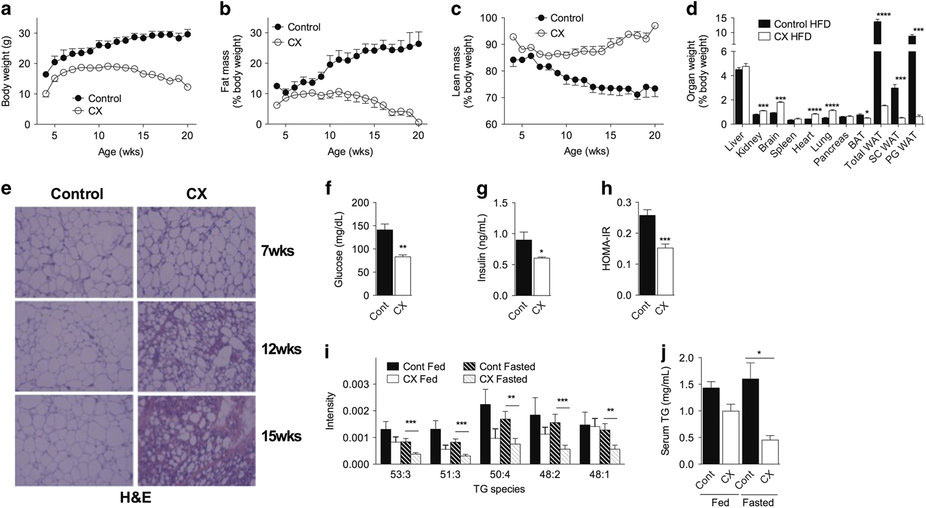急性および慢性のDNA損傷に対する酸化的リン酸化の亢進
Increased oxidative phosphorylation in response to acute and chronic DNA damage
2016年10月13日 npj Aging 2, Article number:16022 (2016) doi:10.1038/npjamd.2016.22
代謝の再プログラム:DNA修復の燃料の発見

DNA損傷と細胞代謝との関係は、早老症患者の利益となり、安全性の高いがんの治療法につながる可能性がある。化学物質、放射線、および加齢による染色体への有害な影響を修正するために、細胞は大量のエネルギーを消費する。ハーバード大学T.H.チャン公衆衛生大学院のJames Mitchellを中心とする研究チームは、損傷が誘発するこうした経路の活性化が脂肪の代謝を加速させて、細胞のエネルギー通貨であるATPの生成を促進することを発見した。この代謝的変化は細胞の健全性に有益であり、コケーン症候群のような早老症の重要な防御機構と考えられる。研究チームは、食餌制限のような介入が、細胞のエネルギー代謝をさらに効率の高い状態に切り替えることにより、放射線療法または化学療法によるDNA損傷という副作用を予防するのに役立つのではないか、という仮説を立てている。
Metabolic reprogramming: Finding fuel for DNA repair
A link between DNA damage and cellular metabolism could benefit patients with premature aging disorders and lead to safer cancer treatments. Cells consume considerable energy to repair the destructive effects of chemicals, radiation and aging on the chromosomes. Researchers led by James Mitchell of the Harvard T.H. Chan School of Public Health have found that the damage-induced activation of these pathways accelerates fat metabolism and boosts production of ATP, the cell’s energetic currency. This metabolic shift is beneficial for cellular health, and appears to be an important defense mechanism in premature aging disorders like Cockayne syndrome. The researchers hypothesize that interventions such as dietary restriction could help protect against the side effects of DNA damage from radio- or chemotherapy by switching cellular energy metabolism into a more efficient state.

